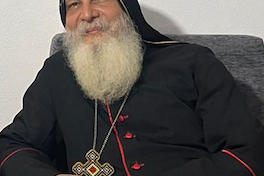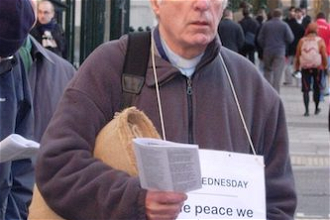Kamataki; Memories in the Mist
A fine and beautiful film from French Canadian director Claude Gagnon. Married to a Japanese woman, Gagnon lived in Japan for more than a decade and brings to the movie a good understanding of the interactions between east and west.
The movie focuses on a young man, well portrayed by Matt Smiley, who is suicidally depressed after the death of his father. His desperate mother sends him to stay with his uncle in Japan (played by veteran Japanese Tatsuya Fuji).
The uncle is a potter, using the ancient art of kamataki. The film shows the detail of pot-making and uses it as a way of calm, meditation as well as an opportunity for responsibility, especially keeping the fire at the right heat in order for the pots to set. The situation gives the young man an opportunity to reassess his life, see his French-Canadian background in perspective as well as understand something of his Japanese heritage.
The portrait of the old man is a mixture of wisdom and humour. Through him the young man learns the nature of relationships, of love and commitment.
The Japanese settings are beautifully photographed, contrasting with the icy opening in Montreal.
The film explores values, the spiritual journey, the meeting of cultures and mutual understanding. Kamataki won the Ecumenical Prize at the Montreal Film Festival, 2005.
Memories in the Mist
Bengali cinema is the exact opposite of Bollywood. It is not bright, loud, musical and colourful. It has the tradition of one of the nation's most celebrated film-makers, Satyajit Ray. Prolific director, Dasgupta, was a disciple of Ray but takes the tradition into a combination of the realistic and the mystical. There is a great dignity and beauty in the seriousness of many of the Bengali films.
Memories in the Mist turns out to be a ghost story, not in the sense of eerie spookiness. Rather, the ghost, one might say the haunted spirit of a father who is restless until he is reconciled with his widow and son, enters into the real world, interacts with his family in a naturalistic way (and all is filmed as if it were all real). The effect of this is profoundly moving.
The father, who had long since been left by wife and son because of his affair with an actress, narrates the story, tells us about his son and his wife. He is able to be with his long-suffering wife who realises that she acted too hastily and judgementally in leaving him. He is able to meet his son and be delighted in the son's willingness to forgive.
In the meantime, the son, a very good and kind man, is being spurned by his own ambitious wife who finds a career in writing (and breaking the Guinness Book of Records) American travel guides in Bengali. She also has her own secrets and burdens her husband with them. But, he has been strengthened in his quiet expectations of himself by his encounter with his father and looks to the future with the two children in hope and love.
A troupe of wandering actors recur during the film bringing song, dance and the tones of Hindu religious mythology. An old flute-playing man and his associate also recur at key times during the man's childhood and his present crises. These give the film the mystical tone while the ghost (whose themes of repentance and reconciliation are spiritual) enters into the real world. A fine and moving example of Bengali film-making.
LONDON - 16 June 2006 - 600 words


















